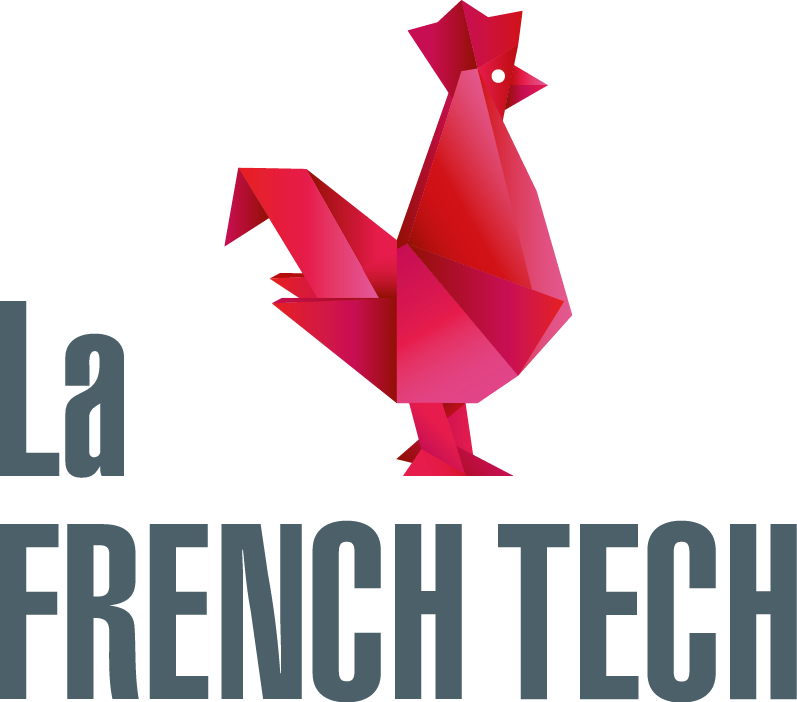For asset managers and large institutional investors, managing liquid (such as equities and fixed income) and illiquid assets (like private equity, real estate, and infrastructure) often involves segregated teams and distinct strategies. However, for family offices, the task of integrating both types of assets into a single portfolio can be particularly daunting yet necessary.
The Segregation Dilemma: In the world of finance, liquid assets are often favored for their ease of trading and pricing transparency. Conversely, illiquid assets, which present unique returns expectations, show also real challenges, including less frequent pricing updates, limited availability of ESG data, and decreased overall transparency. Moreover, illiquid assets are subject to commitments and capital calls, adding an additional layer of complexity for investors, especially during market volatility. Still one needs to keep in mind that, as per Cambridge Associates, Private Equity (PE) delivered average annual returns of 14.65% over the 20-year period ending in June 2020, surpassing the S&P 500’s average annual returns of 5.91% during the same timeframe.
Family Offices and the Balancing Act: Unlike institutional investors, family offices rarely have the luxury of maintaining segregated teams for liquid and illiquid assets. Instead, they must navigate the intricacies of both asset types simultaneously, often with fewer resources and support. This necessitates a nuanced approach to portfolio management that takes into account the unique characteristics of each asset class while balancing the overall risk and return objectives of the portfolio.
The Yin and Yang of Asset Allocation: Despite the challenges, both liquid and illiquid assets offer distinct advantages that, when combined strategically, can enhance portfolio diversification and long-term performance. Liquid assets provide liquidity and price transparency, allowing investors to capitalize on short-term market opportunities and manage risk effectively. On the other hand, illiquid assets offer the potential for higher returns and reduced correlation to public markets, providing valuable diversification benefits and enhancing the resilience of the portfolio during market downturns. As an example, a study by KKR in 2024 shows that Family Offices plan to invest even more in Private Equity and Private Debt in the years to come.
The Path Forward: Successfully integrating liquid and illiquid assets into a single portfolio requires careful planning, robust risk management practices, and a long-term investment horizon. By adopting a comprehensive asset allocation strategy that accounts for the unique characteristics of both asset types, family offices can effectively manage risk, capitalize on growth opportunities, and achieve their investment objectives over time. While the journey may be challenging, the rewards of a well-diversified portfolio that balances liquidity, transparency, and long-term growth potential are well worth the effort.


